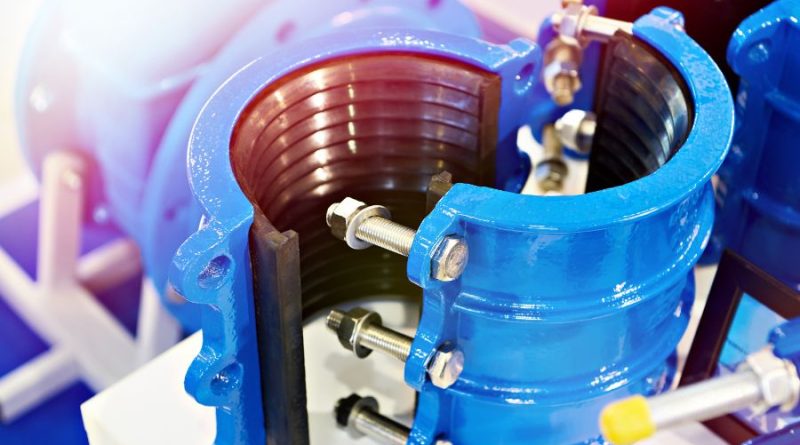When To Weld vs. Use Fasteners for Pipes
Pipes form the backbone of any infrastructure. They play an essential role in providing spaces with water access and sewage management—vital components of a safe, healthy, and ideal place to live. Welding techniques and fasteners are two common and effective methods for installing and repairing pipes, ensuring your property’s pipe systems are in top shape. While both have their respective advantages and applications, it’s critical to understand the situations where one may be favored over the other. Find out when to weld versus use fasteners for pipes.
Welding Benefits
Welding is a fabrication process that entails joining two or more parts together using heat, pressure, or both, creating a secure and permanent bond. This process creates a strong, sealed joint between pipes, resistant to leaks and high pressures. Welding increases the efficiency and reliability of pipe systems.
Mobile pipe welding services can further guarantee an enhanced pipe system. They offer professional and expert welding right on-site, ensuring your pipes are optimized for durability, safety, and long-term operational efficiency customized to your specific space’s needs. Welding offers reliable and secure pipe repairs, installations, and additions; once your pipes are welded, you don’t really have to give your pipes much thought after.
Fastener Benefits
Fasteners provide a non-permanent solution for connecting pipes, allowing for easy disassembly and reassembly of pipe sections and facilitating maintenance and modifications. Moreover, fasteners are less labor-intensive and do not require specialized skills or equipment, making them a preferred choice for quick repairs or in situations where flexibility is needed. Fasteners can also be deemed a less expensive option, especially if you do the work yourself. However, if the fasteners aren’t secured properly, you can lose money due to future repairs, maintenance, and potential water loss.
Considerations for Decision-Making
Just like when you are approaching a new invention, many factors come into play when considering whether fasteners or welding is right for you. Different circumstances affect your results and the path you take to get there. Welding is best suited when you require a permanent, high-strength connection that can withstand high pressures and temperatures. Pipe welding is great if you want minimal future repairs, a long-term solution, and seamless, efficient pipe systems.
On the other hand, fasteners are the go-to choice when flexibility and ease of assembly and disassembly are important. They are ideal for low-pressure systems and situations where regular maintenance or modifications are needed. If you plan to remodel or want the option to do so in the future, the flexibility of fasteners is the best choice for you. Knowing how to build an inexpensive prototype of your pipe system allows you to put each option through a trial so you can decide which joint method best suits your needs.
Choosing the right method for joining pipes depends on your project’s specific needs and constraints, from flexibility to pressure levels. Pipes are essential to a space’s functionality, safety, and comfort, making your decision on when to weld versus use fasteners for your pipes an important one. Weigh the pros and cons and choose the option that will give you pipe systems that meet all your needs.
